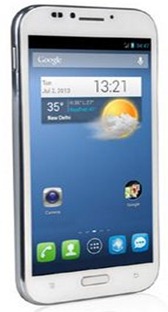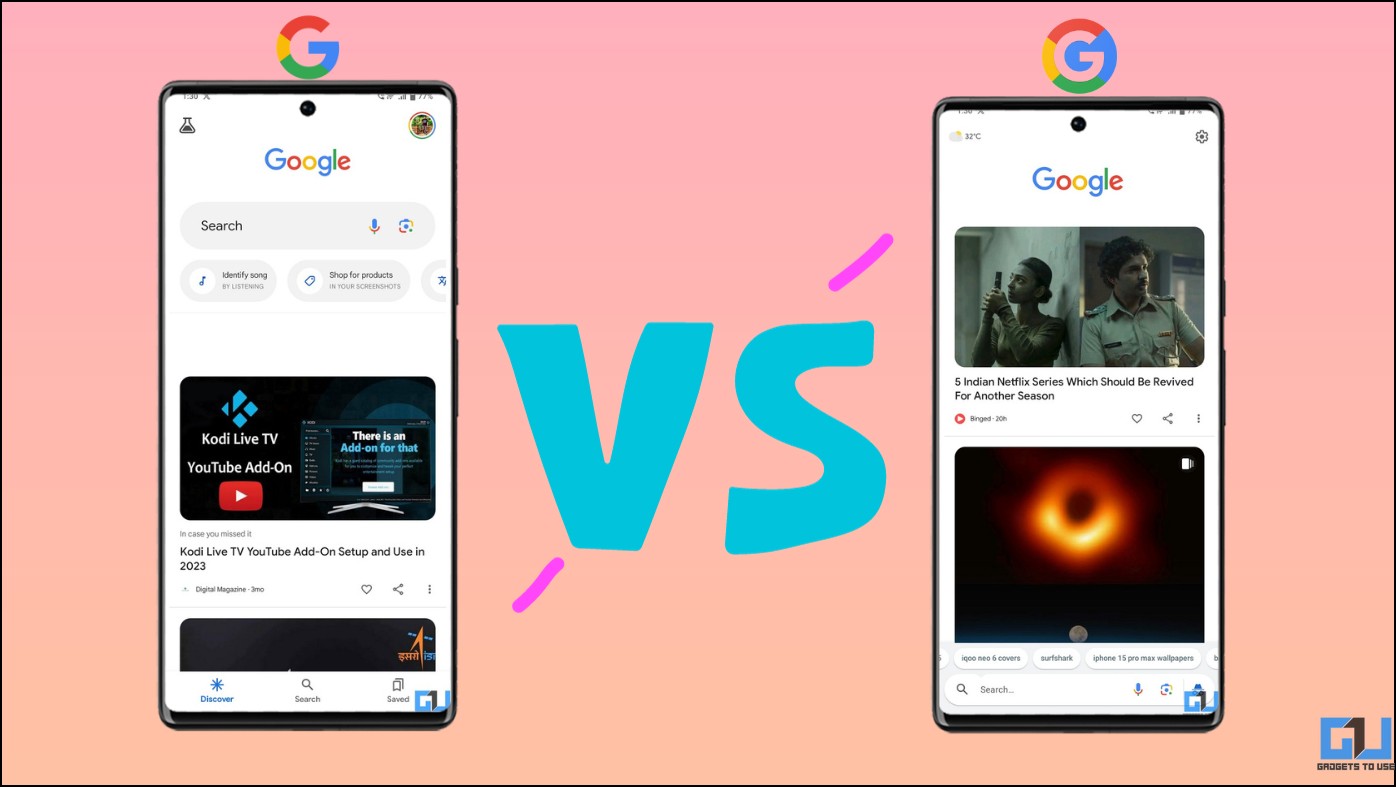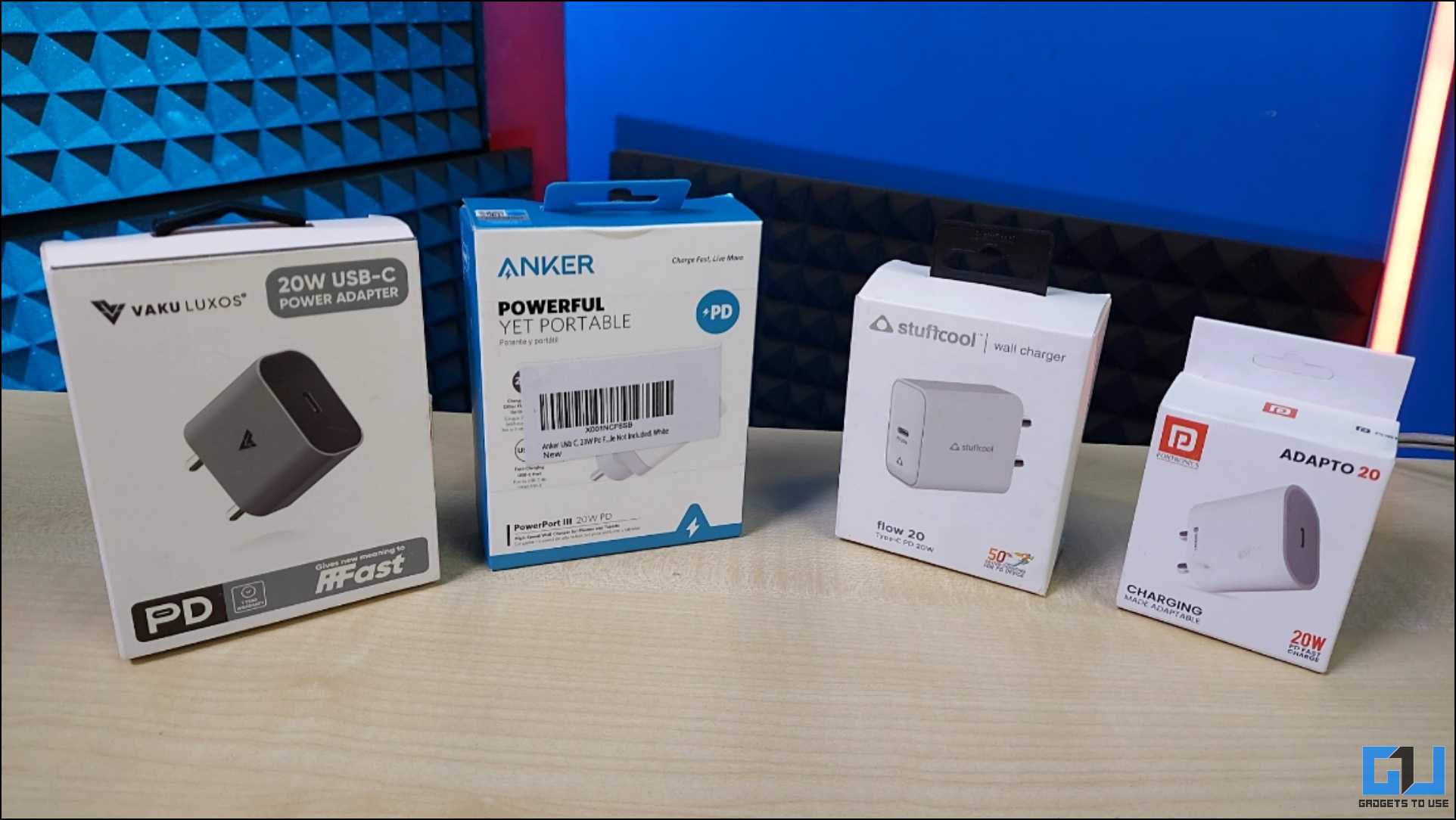As we had earlier discussed about the specifications and review of the Karbonn Titanium S9, now we have brought a detailed comparison review for the customers who are confused among the Titanium S9 and Galaxy Note 2. As both of these have almost same features and hardware specifications, so it is hard to take the decision but our article will help you to select the one, relevant to your needs. Karbonn has released a new device that falls in phablet category and named it as the Karbonn Titanium S9. It features a large 5.5 inch display,Quad Core processor and Dual camera options. On the other hand the Galaxy Note 2 form South Korean giant Samsung Electronics features 5.5 inch HD display, Quad Core processor and the Dual Camera options.
So from the given specifications both the devices seems to be similar, but now we will have the detailed comparison review to examine all the features and specifications of both these devices. And will help you to decide the best among both if you are thinking to buy any of them.
Display and Processor
The Karbonn Titanium S9 sports a larger 5.5 inch HD IPS display, which is good and larger screen means more workspace for the users. It has the screen resolution of 1280 x 720 pixels which means that there will be a crystal clear display quality for the customers. Also the HD screen lets the users to enjoy the HD games and movies on there device. On the Galaxy Note 2 side it comes with the same 5.5 inch display size but with Super AMOLED HD display which is included in most of the Samsung’s high end devices and guarantees the customers a clear and sharp display quality. It has the screen resolution of about 1280 x 720 pixels, though both of this have the same screen resolution but the display quality of the Samsung Note 2 is better as it comes with the Super AMOLED display. So it is clear that Galaxy Note 2 has the better display among both.
When it comes to the processor both the device are powered by the Quad Core processors but there are differences among there manufacturers. Titanium S9 is powered by 1.2 GHz MT6589 Cortex A7 based Quad Core processor, which is again supported by PowerVR SGX 544 GPU for better graphical presentation to the users. Whereas the Galaxy Note 2 is powered with the popular 1.6 GHz Exynos 4412 Quad Cortex-A9 based Quad Core processor, which is very powerful CPU and is also famous among most of the International brands. For graphical support it comes with Mali-400MP GPU, and gives very good output quality even for the most extensive graphics based games. On the RAM side there is huge difference, as Titanium S9 packs a 1 GB of RAM the Galaxy Note comes with the 2 GB of RAM. From this it is clear that the Note 2 will have good speed even for the larger applications and the multitasking and the device will not slowdown. From the processor and RAM capacity it is pretty clear that the Samsung Galaxy Note 2 has a better edge over the Titanium S9 because it has the greater RAM capacity and larger Processor which is again supported by the good GPU.
Camera and Memory
Camera segment is an important entity in this overall comparison. The Karbonn Titanium S9 packs the dual camera feature for the customers and comes with the 13.0 MP autofocus primary camera at the rear with LED flash and that seems to be an impressive one, it also has the 5.0 MP secondary camera at the front. The camera section of the Titanium S9 seems to be very good as most of the devices in this segment features a lower MP camera. Galaxy Note 2 also offers the dual camera options and packs a 8.0 MP autofocus primary camera with LED flash, and a 1.9 MP secondary camera at the rear. From this it is obvious that the camera section of the Karbonn Titanium S9 is far better than the Note 2, and clearly leads in this segment.
On the memory side both the devices comes with better internal storage memory as they fall in the phablet category and are meant to contain lots of data like the movies, games and other larger data items. Karbonn Titanium S9 packs within 16 GB of onboard memory which is not included in most of the devices and lets the users to store greater data that can further be expanded upto 32 GB via Micro SD card. On the other hand Samsung Galaxy Note 2 comes with the options of 16/32/64 GB of internal storage, though most common option is of 16 GB onboard storage and can be expanded upto 64 GB via Micro SD card. Though the two devices have the same internal storage capacity there is difference in the external storage capacity, therefore Galaxy Note 2 has an edge over the Titanium S9 with larger external storage capacity.
Battery and Features
Battery of both these devices should be a better one to support it nicely as they comes with the larger screen and greater hardware specifications. Titanium S9 is powered by the 2600 mAh which seems to be good one and can easily support the device for a full day. Even if you are heavy user it can give you good backup after a single charge. On the other hand Galaxy Note 2 has the battery of 3100 mAh and can easily provide backup of day or more. Even with continuous HD game playing, watching movies and surfing the web operations it can give very good backup. Among both these it is clear that Galaxy Note 2 has very good battery as compared to the Titanium S9.
When it comes to the features, Karbonn Titanium S9 packs various features, for connectivity it comes with the 3G, Wi-Fi, Bluetooth. Also it offers the Dual SIM option to the users so that you can use both the SIM at the same time. Whereas the Galaxy Note 2 also has the almost same connectivity features such as the 3G, Wi-Fi, Bluetooth 4.0, NFC and USB 2.0 support. It is clear that the Galaxy Note has the additional connectivity options like the NFC and other. Titanium S9 runs on the Android v4.2 Jelly Bean operating system which also adds newer functionalities to it. On the other side Galaxy Note 2 runs on the Android v 4.1 Jelly Bean operating system that can be upgraded to Android v4.2 and therefore both the devices comes with the almost same OS. And again Note 2 has better features among both.
Key Specifications
| Model | Karbonn Titanium S9 | Samsung Galaxy Note 2 |
| Display | 5.5 inch HD IPS display, with screen resolution of 1280 x 720 pixels | 5.5 inch Super AMOLED HD display, screen resolution of 1280 x 720 pixels |
| Processor | 1.2 GHz MT6589 Cortex A7 based Quad Core processor | 1.6 GHz Exynos 4412 Quad Cortex-A9 based Quad Core processor |
| RAM, ROM | 1 GB of RAM, 16GB of onboard internal storage,expanded upto 32GB via microSD card | 2 GB of RAM, 16GB of onboard internal storage,expanded upto 64GB via microSD card |
| Cameras | 13.0 MP auto focus Primary camera with LED flash, 5.0 MP of secondary camera at front | 8.0 MP auto focus Primary camera with LED flash, 1.9 MP of secondary camera at front |
| OS | Android v4.2 Jelly Bean | Android v4.1.1 Jelly Bean upgradable to 4.1.2 |
| Battery | 2600 mAh | 3100 mAh |
| Price | Rs. 19,990 | Rs. 27,500 |
Conclusion
After the comparison of both the devices we can state that the Galaxy Note 2 have various hardware specifications and features that are better than the Karbonn Titanium S9. Note 2 has powerful Processor, greater RAM capacity, super AMOLED display and various other features. Though the Karbonn Titanium S9 have an edge over the camera segment as it comes with the 13MP of primary camera and the 5 MP of secondary camera at front and is better than the Galaxy Note 2. Though there is huge difference when it comes to the pricing and this is where the users can opt for Titanium S9 over the Galaxy Note 2, the difference among both the devices is almost 7K and that is huge difference. Titanium S9 is launched at the price tag of Rs.19,990. Whereas the Samsung Galaxy Note is priced at Rs. 27,500. So finally we can state that if you have a limited than you can go for Karbonn Titanium S9, otherwise Galaxy Note 2 is better choice but at a higher price tag.




